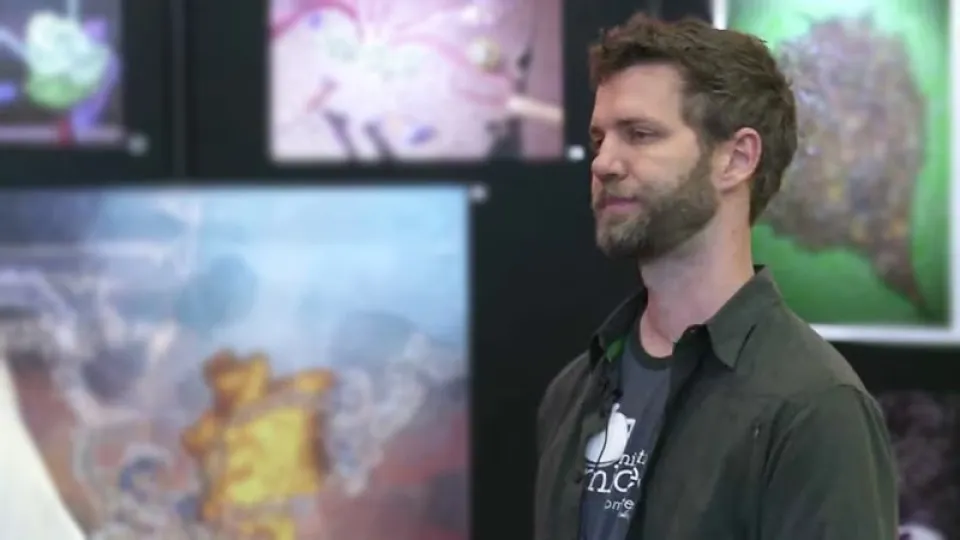
Prototyping Multiscale Cellular Visualization & Modeling Techniques for Hypothesis Generation, Communication & Learning
- Graham Johnson, Allen Institute for Cell Science, USA
B9 H2 R2325
Overview
Abstract
The visual analysis, assembly, and communication of molecule-scale events have benefited greatly from an explosion of available tools and data that has been provided and evolved by the structural biology community over the past 40 years. Compared to molecular visualization, however, the data, tools, and techniques available for cell-scale visualization remain in relative infancy. In structural biology, the details of a molecule can commonly be summarized with a few megabytes of data, which is heavily constrained by nanoscale physics. Could we ever uncover patterns and rules that will allow us to extract and communicate an analogously efficient understanding of cellular anatomy and behavior when faced with massive microscopy files that are difficult to share and analyze? Can visualization capture both the diversity and the commonality among cells, which often seem chaotic and random at first glance? An overview of the field will describe available tools and current challenges to advancement. The presentation will elaborate on approaches we have taken to annotate 3D light microscopy data with mesoscale structures— modeled using information from higher-resolution information that spans biology. It will further describe whole-cell and multiscale visualization tools and data that function directly in a web browser that we develop for allencell.org.
Brief Biography
Graham Johnson is a computational biologist and Certified Medical Illustrator (CMI) with 18 years of professional experience. His lab at the University of California, San Francisco (UCSF) works to generate, simulate and visualize molecular models of cells. Graham recently joined the Allen Institute for Cell Science as the Director of the Animated Cell.

